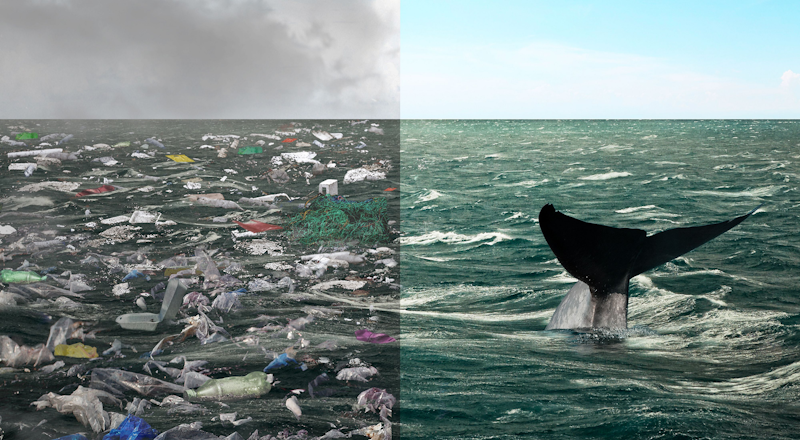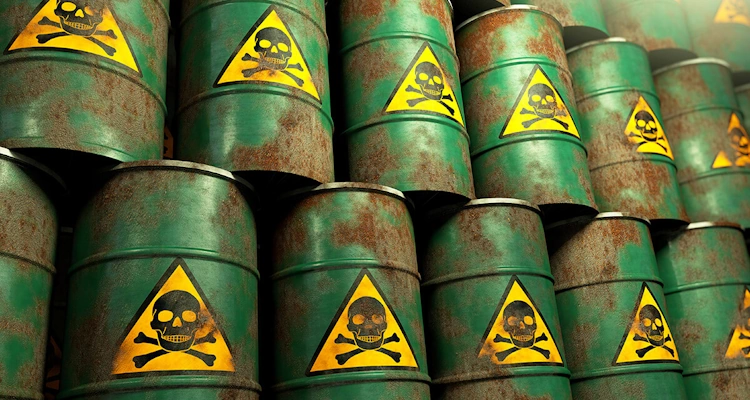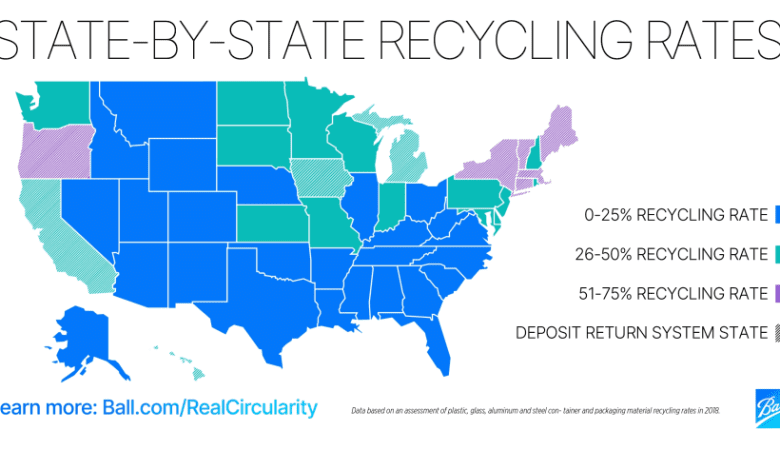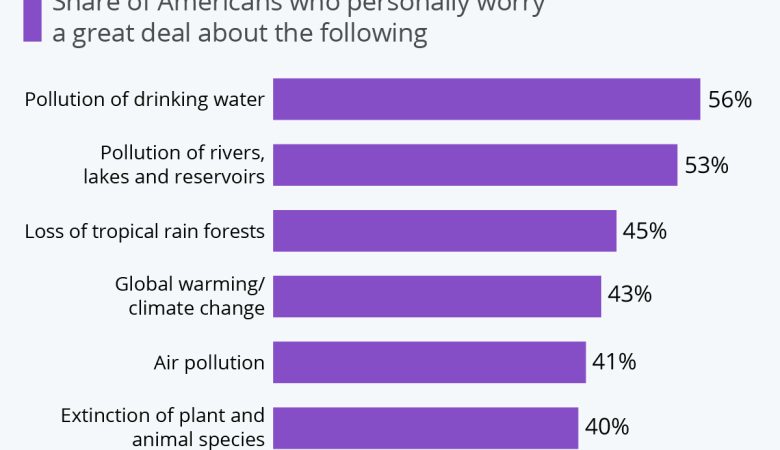According to waste management experts, in 2021 each Californian person produced around 630kg of household waste. The amount of waste we produce is linked to our consumption patterns. Stimulated to buy always more, always faster, our purchases are sometimes thoughtless and always create more waste to come.
Why is waste a problem? Why is recycling not the solution?
Excess waste as a symptom of overconsumption
Before talking about waste treatment, we wanted to take a moment to consider why their number is increasing every year, and why hiring dumpster rentals is not enough. This reason is overproduction.
The problem of overproduction is simple: to produce is to pollute. Concretely, this means that each purchase (thoughtless or useful) consumes resources necessary for the production, transport, storage, sale of the product, then management of its end of life.
In addition to consuming energy during production, the many things we consume use energy when disposed of as waste.
What happens to our waste
Waste management is a problem in California as in the world. Poorly managed and exported, waste constitutes ecological and health problems.
In California, 30% of waste is buried, 45% is incinerated and only 25% is recycled. The treatment of waste by incineration or storage results in releases of greenhouse gases and various pollutants into the air. In 2015, methane emissions linked to waste were responsible for the release of 479,000 tonnes of CH4 into the atmosphere, or 21% of French methane emissions. Since 2003, methane emissions have decreased slightly in California, due to better recovery of biogas and a reduction in waste eliminated by storage. Recycling helps reduce the amount of waste buried or incinerated, but unfortunately not all waste is recyclable.
California Environmental Protection Agency: (CalEPA) showed that in 2021, recycling made it possible to avoid the release of 20 million tonnes of CO2 equivalent, save 165 TWh in cumulative energy consumption and save 250 million m3 of water.
That’s great then, recycling is the waste management solution? Well no, not quite.
As we have seen, in California only 25% of waste is recycled. This share does not take into account exported waste. In fact, to avoid having to manage waste, most countries export their waste to poorer countries. Faced with massive exports, in January 2018, the Chinese government implemented the “National Sword” program. This measure prohibits the entry of 24 types of waste into Chinese territory, for both health and environmental reasons.
Before this measure, California exported around 50% of its plastic waste to China. Waste was buried, piled in landfills or incinerated in the open air.
This regulation only shifted the problem to neighboring countries like Thailand or Malaysia, countries which were not prepared for the arrival and management of a massive quantity of waste. The solution put in place was therefore open-air incineration, a solution polluting the environment and dangerous for health. Rivers are now polluted, affecting agriculture and the lives of local populations.
The impact on population health is disastrous. Inhalation of fumes and fumes produced by incineration cause serious respiratory illnesses, skin rashes, vomiting and coughing. More harmful consequences appear such as cancers, impacts on the reproductive system (sterility, repeated miscarriages), as well as weakening of the immune system and endocrine disruptions.
About 70% of our planet is covered by sea, and waste is found on the surface of the oceans almost everywhere.
The plastic waste issue
The share of plastic waste in the world is 12%. For the year 2016, the World Bank estimates that 300 million tonnes of plastic waste were produced. The global share of recycled plastic remains very low today: only 20% of global plastic waste is recycled, 15% is incinerated, the rest is accumulated in landfill sites or lost in nature.
Of all this waste, the packaging sector alone generates 50%. In California, in 2021, of the 17 million tonnes of plastic waste collected, 62% was packaging. You should also know that only 31% of plastic waste was recycled, the majority being incinerated. California is even worse student since only 22% of its plastic waste is recycled.
The distribution of waste in the oceans
According to a United Nations report, 80% of waste in the oceans is plastic waste. Among this plastic waste, 50% are single-use products such as cups, straws, bottles, tampons, sanitary napkins, etc.
These products are then ingested by marine fauna, whole or in the form of microparticles. It is estimated that more than 40% of existing species of whales, dolphins and porpoises, all species of sea turtles and around 36% of seabird species have ingested marine litter. Many species such as seals, dolphins or sea turtles can become entangled in waste, nets or fishing lines lost at sea and most die. This plastic waste has a chance of passing into the food chain.
According to an Australian study published in early June by WWF, humans ingest around 5 grams of plastic per week, the equivalent of a credit card, because of the microparticles contained in mineral water bottles, salt , beer, air or even seafood. We do not yet know the effects of this absorption on our health.
According to the scientific community, the solutions that will make it possible to best act on the reduction of plastic waste lie in the creation of waste management infrastructures throughout the world and stopping the export of plastic waste from low-income countries. high towards those with low incomes. The share of unmanaged global waste could then be reduced by 80%.






